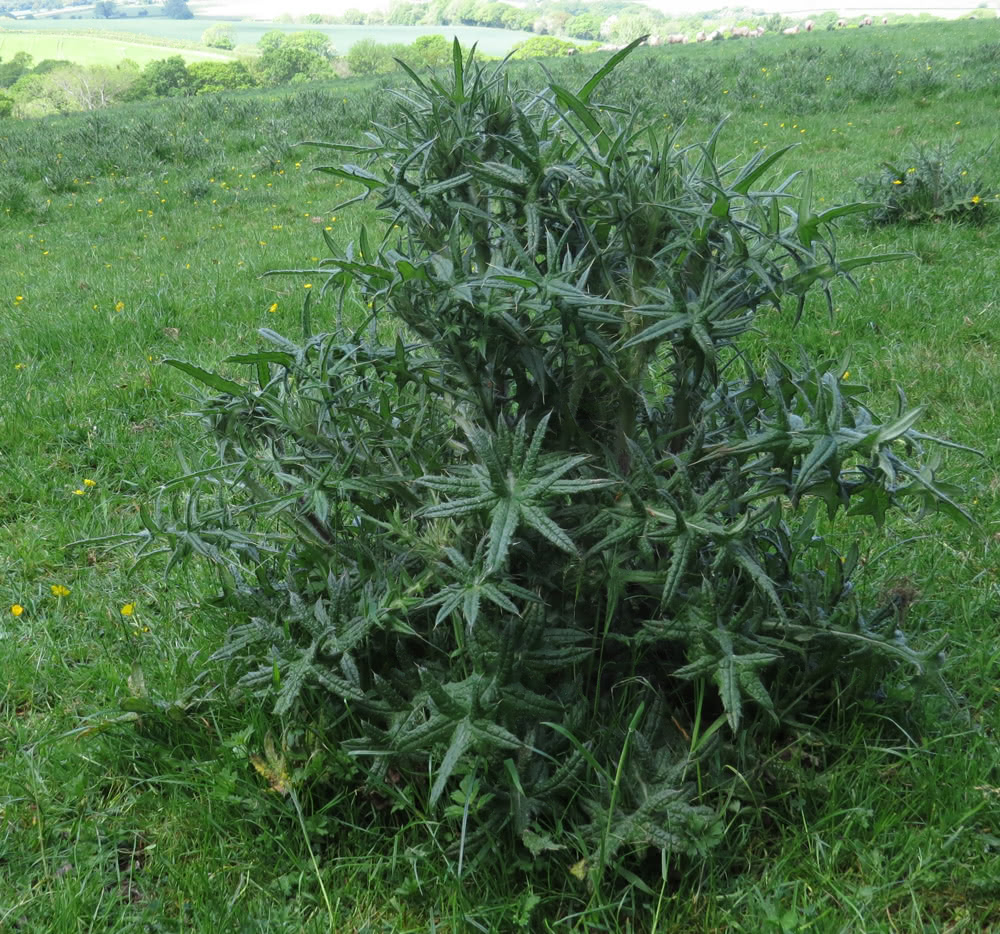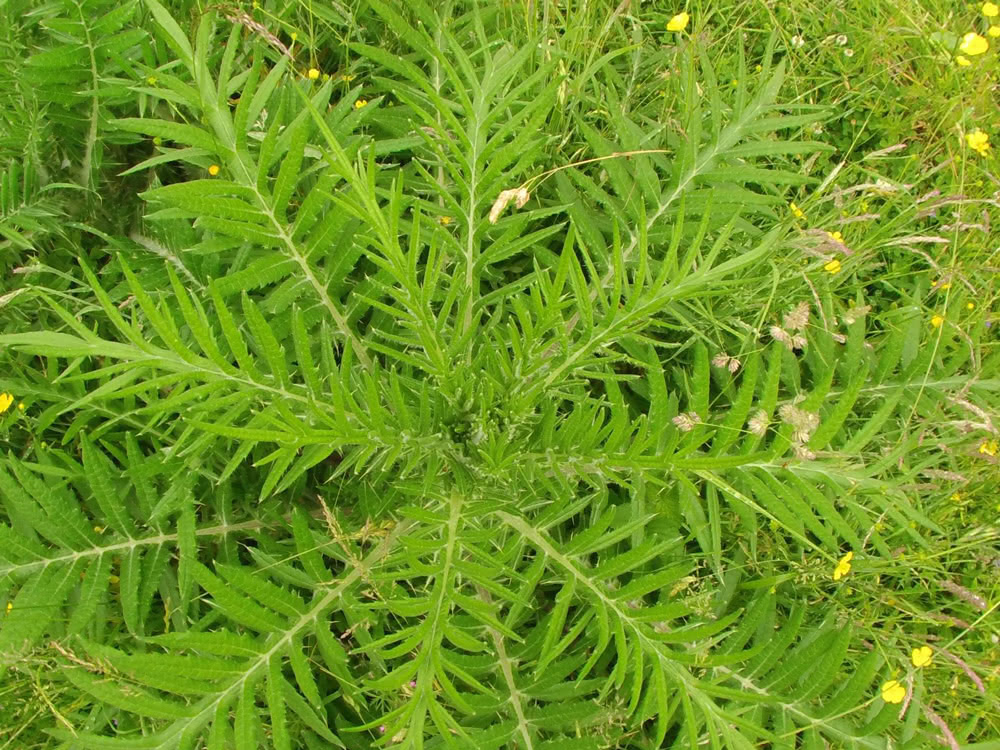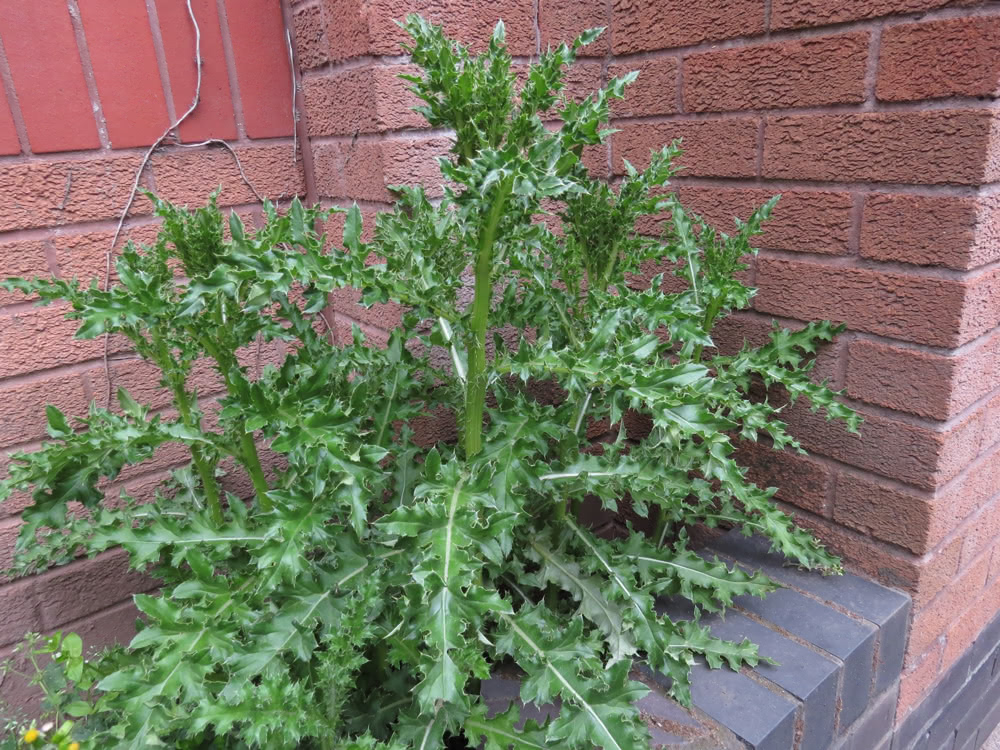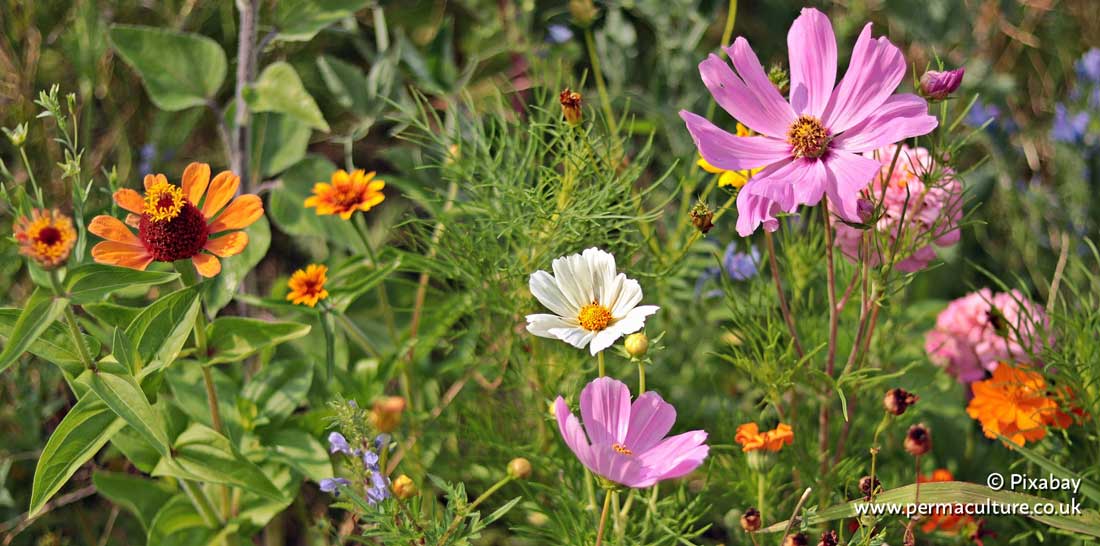Thistles are a bane of picnickers and campers. Who hasn’t trodden on the sharp, unforgiving spines of a thistle when out and about barefoot in grasslands? For many people, relationships with thistles have generally been painful and irritable, but now you can get your own back!
One of the great things about thistles is that every single species is edible, so this is great news for foraging beginners! Even the closest lookalikes found here are edible – the sow thistles (Sonchus spp.) and sea holly (Eryngium maritimum), so when working with the thistles, you can learn to identify and proceed to experiment with complete confidence from the outset.
We have at least 14 species of thistle growing wild in the UK, mostly from the Cirsium (aka plume thistles) and Carduus genera. Thistles are found in numerous settings all over our islands and can be a useful soil barometer. Often their presence signifies that the land is fertile, and in many instances, neglected.
I eat from a number of different species. These are: creeping thistle (Cirsium arvensis), spear thistle (C. vulgare), woolly thistle (C. eriophorum), marsh thistle (C. palustris), and welted thistle (Carduus acanthoides syn C. crispus). As you will discover, plants that have spines to offer protection against predators, have no real need for bitterness.

Spear thistle
It’s almost impossible to misidentify a thistle. One of the easy-to-spot botanical differences between thistles and their numerous relatives in the daisy family, is that the overlapping bracts (involucre) found directly below the flowers of thistles, are always spiny. Simple!
The leaves of the numerous species will differ in size, shape and the density of spine coverage. Most have stiff spines on the margins, but some have soft prickles. You need to discover for yourself which are the more tactile!
When in flower, most thistles produce a lovely purple / mauve bloom, but some species are known for their yellow inflorescence (cabbage thistle – Cirsium oleraceum and the Carline thistle – Carlina vulgaris).
In all of the thistles, flowers give way to copious amounts of fluffy hairs (pappus) attached to their tiny fruits, superbly designed for air-borne dispersal. A distinguishing feature between the two main generais that Cirsium spp. produce feathered pappus hairs, whereas Carduus spp. only have simple pappus hairs.
Creeping thistle produces dense spines on its leaves, but very few spines or hairs on the flowering stems. Spear thistle has large, deeply-lobed leaves with large spines at the margins, as well as hairy, spiny stems.
Marsh thistle looks somewhat like spear thistle at an initial glance, but without the large spines and leaf lobes, and usually with a thin, red, leaf margin. Woolly thistle is easily identifiable with large, deeply-lobed, evenly-shaped leaves, and very large flower heads, wrapped in a ‘cobweb’ of cotton-like hairs.
This particular species is the largest wild thistle I use, although if you have milk thistle (Silybum marianum) growing in your plot, you can use that too, but you will need good gloves to protect yourself from its long spiny flower heads! Eating milk thistle chokes would of course prevent you harvesting the exceptional liver-supportive medicine found in the seeds.

Wooly thistle
Creeping thistle will grow in all manner of waste-ground, grasslands, verges and field edges. I also see a lot of spear thistle in similar habitats, although when found in grassland, it’s not as abundant as the creeping species. The root systems explain why; spear thistle has a tap root, whereas creeping thistle grows on rhizomes.
The marsh thistle, as its name alludes to, likes damp conditions such as fens, marshes, canal tow-paths and riversides. Woolly thistle is a little bit more selective in its choice of soil and setting, preferring calcareous ground. It too enjoys grasslands. Welted thistle can be found all over the UK, especially loving clay soils.
Go prepared! Stiff gloves and a knife are required. Harvest the best leaf mid-ribs in spring when growth is plentiful and quick. Your specimens will be tender and sweeter.
Flowering stems will appear from late spring through into autumn. I only consider harvesting from plants whose flower buds are yet to really begin unfurling. Flower buds (chokes) are available all summer.

In Portugal, a number of thistle species are still collected in spring and sold at markets. A recent academic study highlighted the nutritional value from eating thistles. The findings are contained within ‘Ethnobotany In The New Europe’ by Manuel. P de Santayana et al. (Eds), published June 2010.
In the study, researchers noted the wide range of thistle species collected, and concentrated on the nutritional value of one particular thistle (Scolymus hispanicus – Spanish or golden thistle). This plant is collected by villagers in various areas of the countryside. Bunches of the stripped leaf mid-ribs are sold and bought in a number of markets in different areas.
Levels of certain nutrients were analysed and compared to some commonly consumed vegetables. Their findings show that the thistle contained consistently higher levels of important major nutrients than some of our commonly consumed cultivated vegetables.
Weight for weight, thistles come out higher in fibre, protein, phosphorus, magnesium, calcium, copper, zinc and other nutrients.
Is it likely that the thistles found wild here will be similarly endowed with a range of important vitamins and minerals? I’m more than happy to work on the assumption that this will be the case. Many other wild plant species are known to contain high concentrations of important nutrients.
Preparing thistles is pretty easy. Simply choose the most tender specimens. If using the petioles, then cut and strip all the spines off, before peeling the outer, fibrous layer from the stalk. Use raw as crudités, pickle or ferment them, or chop into salads and serve them with a tangy vinaigrette. If cooking, they don’t require long!
Preparing the stems is similar, but they are hollow. These can be used in similar ways to the petioles, or you can stuff them, roast them, and braise them.
As relatives of the globe artichoke (Cynara scolymus), thistles produce edible, if smaller, ‘chokes’. These are the crunchy, immature bases, or capitulum, of the composite flower-head. As you would do with globe artichokes, peel away the bracts to get to the prize. I only choose the largest wild species for this.
Happy foraging!










